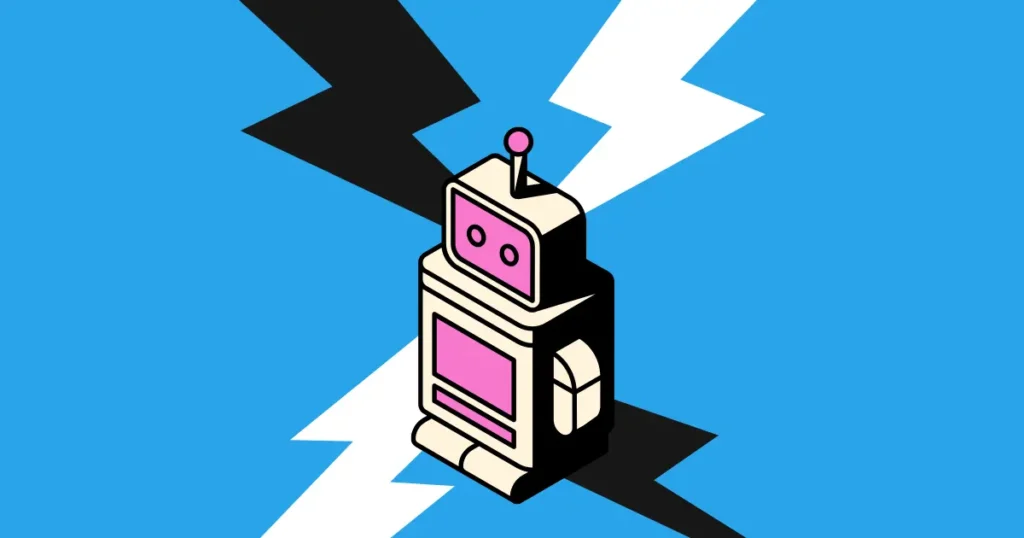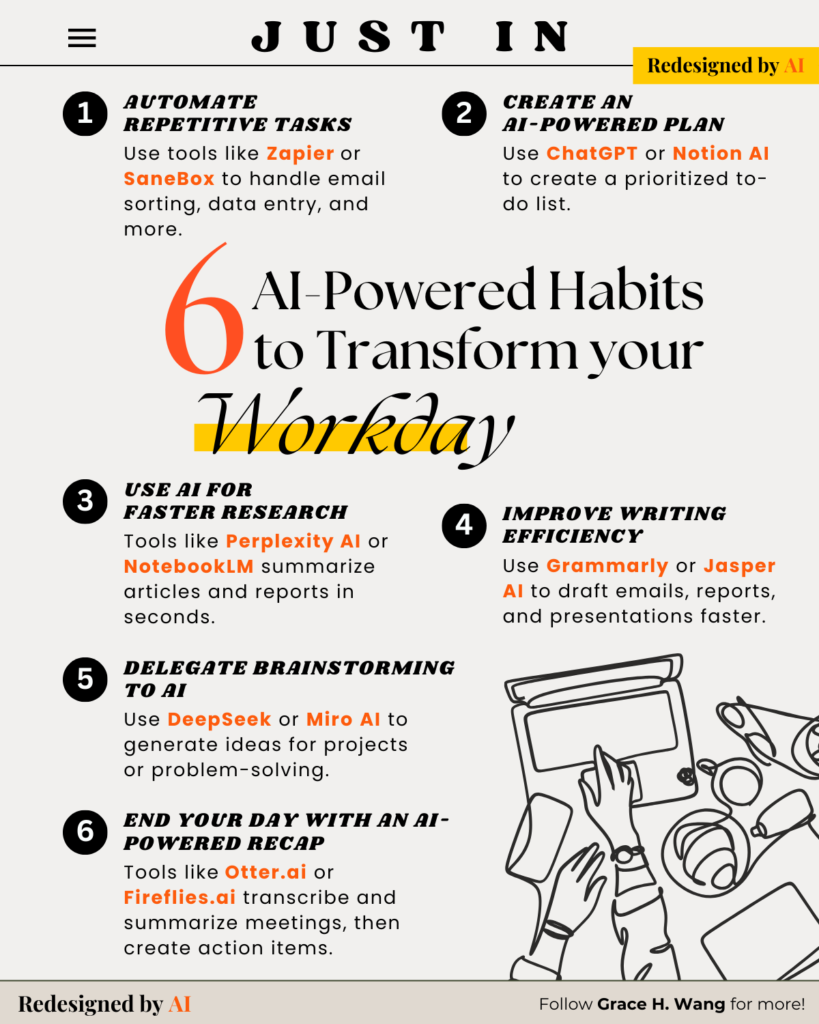How is AI Accelerating Habit Formation
Artificial intelligence is no longer an emerging trend—it’s woven into our daily lives. In 2024, as smart devices evolve and integrate more deeply into our routines, behavioral shifts are being measured in near–real time. Updated data show that our morning rituals, work patterns, and even our privacy concerns are being reshaped by AI.

A New Era of Habit Formation
New research reveals a swift transformation in how consumers interact with our smart devices::
- Voice Assistants: According to Voicebot (latest available data; see also Statista for global trends), a majority of users rely on voice assistants from early in the day.
- Smartphones & Connectivity: The Pew Research reports that 98% of U.S. adults own a cellphone and 91% own a smartphone—these devices are now the primary gateway for internet access.
- Wearables: The 2024 Rock Health report shows that about 44% of Americans own wearable health devices; updated surveys from 2024 suggest that around 62% of wearable users check their health data (steps, heart rate, etc.) first thing in the morning.
- Smart Thermostats: Reviews of the Google Nest Thermostat on TechRadar (2023) indicate that nearly 44% of users switch to auto-learning mode within two weeks of installation, as manual adjustments become less common.
The Psychology and Design Behind Habit Formation
AI devices capitalize on core behavioral principles to transform new actions into habits:
- Frictionless Interaction: McKinsey’s 2024 Global Survey on AI reveals that reducing friction in digital tasks is key to rapid user adoption. A simple voice command can replace multiple manual steps, thereby reinforcing routine behaviors.
- Predictive Personalization: According to Deloitte’s 2023 insights on AI personalization, 67% of users remain engaged because AI tailors recommendations—whether that’s curating a personalized playlist or providing timely news updates.
- Emotional Anchoring: Forrester’s 2024 findings show that 54% of consumers experience anxiety when their smart devices malfunction, highlighting how essential these tools have become to users’ sense of security and well-being.
- Social Proof: Gartner’s 2024 report indicates that 48% of consumers purchase smart devices because “everyone else has one,” demonstrating how peer influence reinforces digital habits.
The Double-Edged Sword: Overdependence and Privacy Concerns
As new routines solidify, risks emerge:
- Overdependence: A study published in the Journal of Experimental Psychology (2023) found that 33% of users begin to lose manual proficiency—such as adjusting settings manually—when they over-rely on automated AI routines.
- Privacy Trade-Offs: The Pew Research Center’s report on mobile technology (Jan 2024) notes that while 72% of users express concern about data privacy, 68% continue to use AI devices daily because the convenience is hard to resist.
Key Takeaways for Product Designers and Marketers
For those looking to harness AI’s potential, consider three strategic imperatives:
- Minimize Friction: Streamline interactions to form habits quickly—simple voice commands have proven to accelerate routine formation.
- Leverage Immediate Rewards: Each AI interaction should provide instant benefits (e.g., energy savings or personalized content) that reinforce usage.
- Build Trust Through Transparency: Clear communication about data usage and privacy helps balance convenience with user concerns.
Looking Ahead
As we step further into 2025, AI’s role in shaping daily routines is only set to increase. Forbes’ 2024 tech predictions forecast that AI will transform consumer behaviors and enterprise operations despite challenges like job displacement and privacy issues.
In this brave new era, our habits are being rewritten by technology that anticipates our needs, automates our routines, and learns from our behavior. The challenge for businesses will be to capitalize on these shifts responsibly, ensuring that the benefits of AI-driven convenience do not come at the cost of user autonomy and privacy.

